Home / Albums / Tag Place:America 873

 The Savannah
The Savannah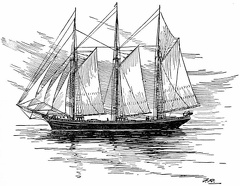 An American Coasting Schooner
An American Coasting Schooner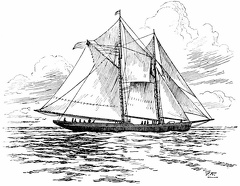 A Gloucester Fisherman
A Gloucester Fisherman The Santa Maria, the Niña and the Pinta
The Santa Maria, the Niña and the Pinta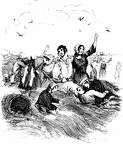 Scene at Cape May
Scene at Cape May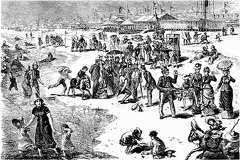 Scenes and Incidents on Coney Island
Scenes and Incidents on Coney Island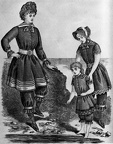 Bathing costume, from The Delineator, July 1884
Bathing costume, from The Delineator, July 1884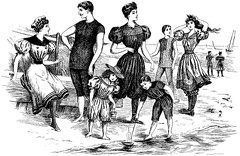 Bathing costumes from a supplement to The Tailor’s Review, July 1895
Bathing costumes from a supplement to The Tailor’s Review, July 1895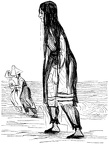 How she came out
How she came out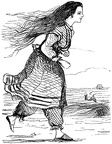 How she went in
How she went in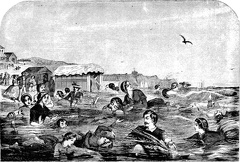 The Bathe at Newport
The Bathe at Newport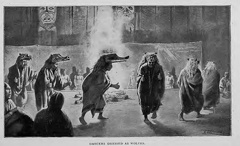 Dancers dressed as wolves
Dancers dressed as wolves John Harvey Kellogg
John Harvey Kellogg Strike Zone
Strike Zone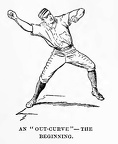 An 'Out-curve' - the beginning
An 'Out-curve' - the beginning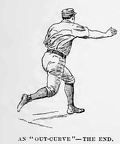 An 'Out-curve' - the end
An 'Out-curve' - the end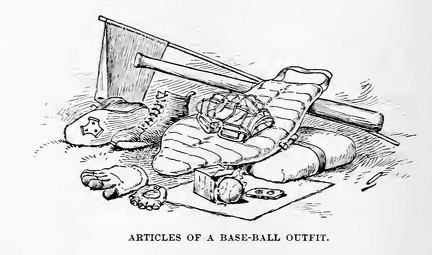 Articles of a base-ball outfit
Articles of a base-ball outfit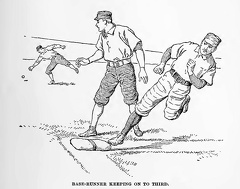 Base-runner keeping on to third
Base-runner keeping on to third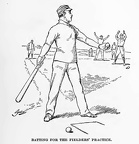 Batting for fielders' practice
Batting for fielders' practice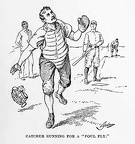 Catcher running for a 'Foul Fly'
Catcher running for a 'Foul Fly'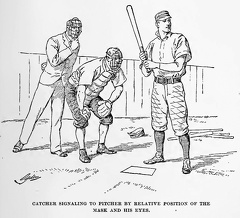 Catcher signalling to pitcher
Catcher signalling to pitcher Catcher throwing down to second
Catcher throwing down to second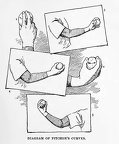 Diagram of pitcher's curves
Diagram of pitcher's curves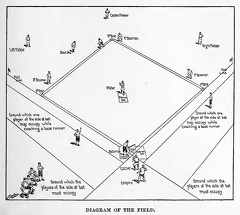 Diagram of the field
Diagram of the field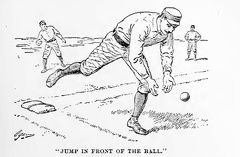 'Jump in front of the ball'
'Jump in front of the ball' Fielder catching a fly
Fielder catching a fly First baseman catching a high ball
First baseman catching a high ball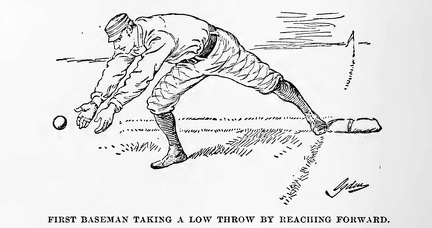 First baseman taking a low throw by reaching forward
First baseman taking a low throw by reaching forward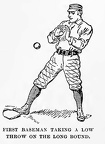 First baseman taking a low throw on the long bound
First baseman taking a low throw on the long bound First baseman throwing to second for a double-play
First baseman throwing to second for a double-play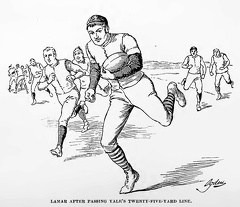 Lamar after passing Yale's Twenty-five-yard line
Lamar after passing Yale's Twenty-five-yard line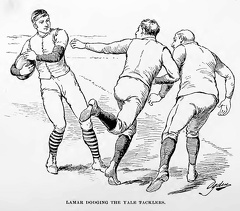 Lamar dodging the Yale tacklers
Lamar dodging the Yale tacklers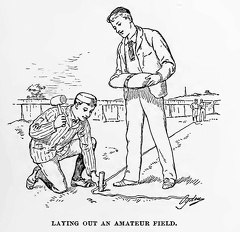 Laying out an amateur field
Laying out an amateur field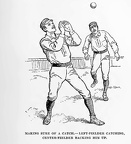 Making sure of a catch - left-fielder catching
Making sure of a catch - left-fielder catching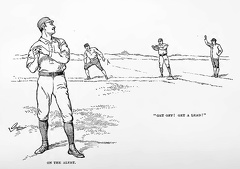 On the alert
On the alert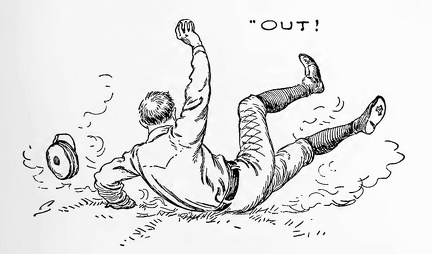 Out!
Out!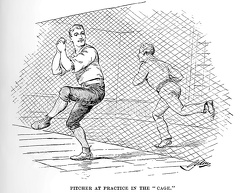 Pitcher at practice in the 'Cage'
Pitcher at practice in the 'Cage'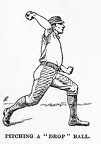 Pitching a 'Drop' Ball
Pitching a 'Drop' Ball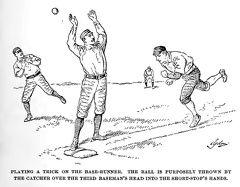 Playing a trick on the base-runner
Playing a trick on the base-runner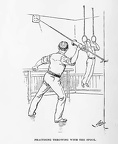 Practising throwing with the 'spool'
Practising throwing with the 'spool'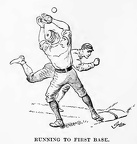 Running to first base
Running to first base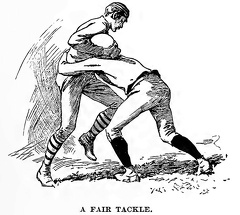 A Fair tackle
A Fair tackle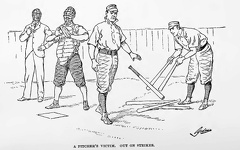 A pitcher's victim. Out on strikes
A pitcher's victim. Out on strikes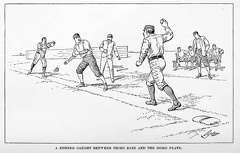 A runner caught between third base and the home plate
A runner caught between third base and the home plate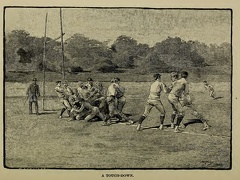 A Touch-down
A Touch-down A wild throw and a safe slide to second
A wild throw and a safe slide to second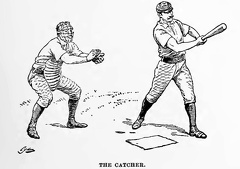 The Catcher
The Catcher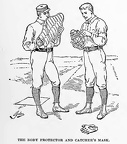 The body protector and Catcher's mask
The body protector and Catcher's mask Short-Arm throw, the beginning
Short-Arm throw, the beginning Short-Arm throw, the end
Short-Arm throw, the end Shutting off a runner at the Home-plate
Shutting off a runner at the Home-plate Sliding to base
Sliding to base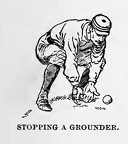 Stopping a grounder
Stopping a grounder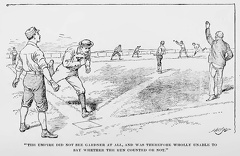 The umpire did not see Gardner at all
The umpire did not see Gardner at all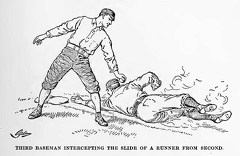 Third baseman intercepting the slide of a runner from second
Third baseman intercepting the slide of a runner from second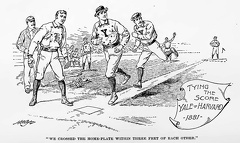 We crossed the home-plate within three feet of each other
We crossed the home-plate within three feet of each other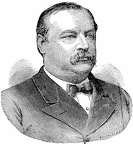 Grover Cleveland
Grover Cleveland Ward MacAllister
Ward MacAllister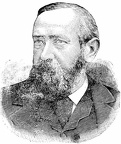 Benjamin Harrison
Benjamin Harrison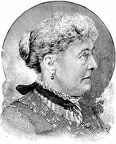 Mrs. Benjamin Harrison
Mrs. Benjamin Harrison



